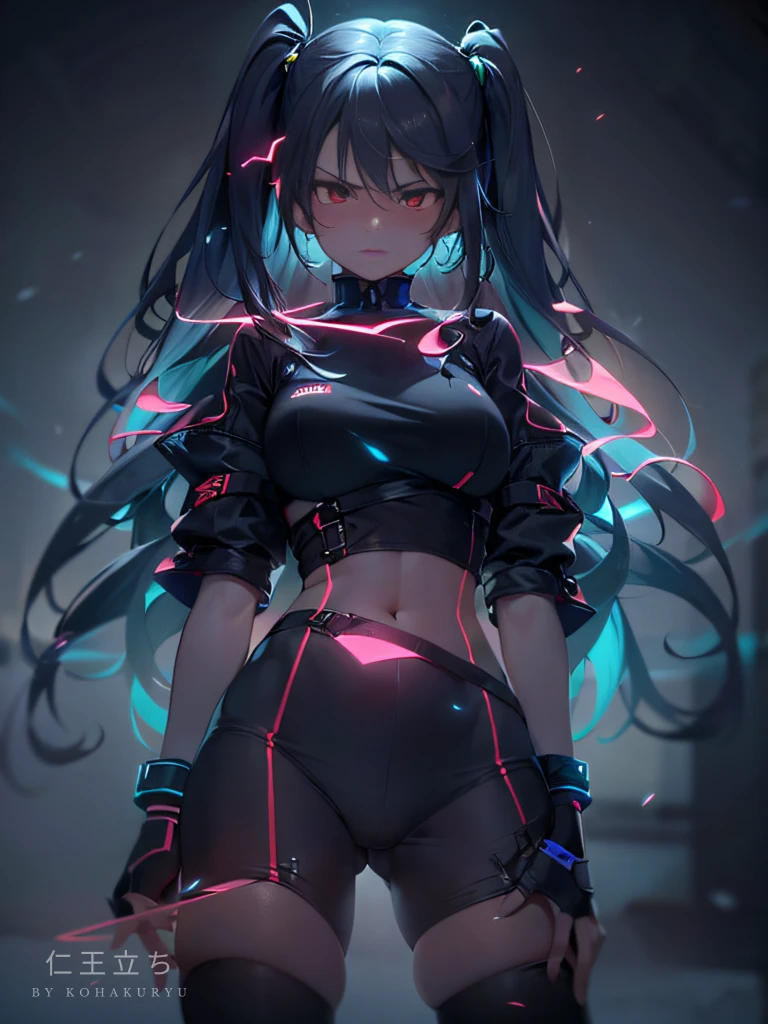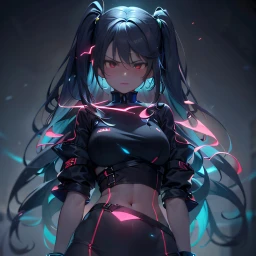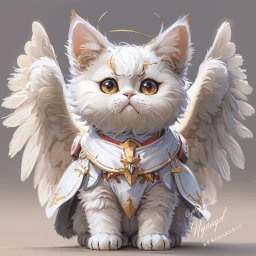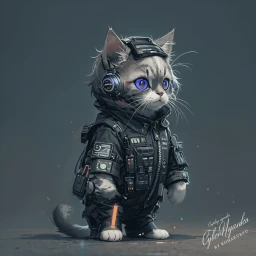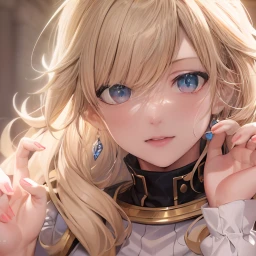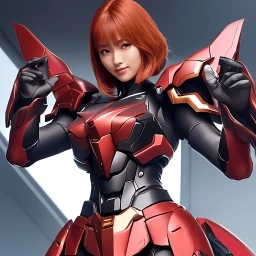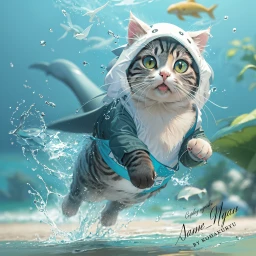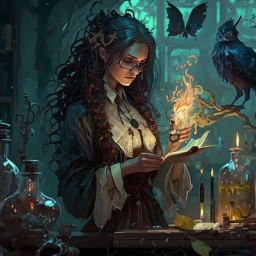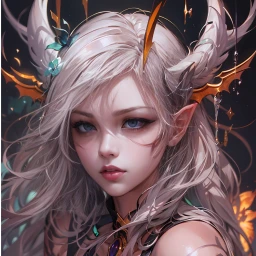"Niou Dachi" or "Nioh Stance" is a distinctive posture commonly seen in Japanese martial arts, combat sports, and samurai culture. This stance is adopted when facing an opponent and is used to convey strength and dignity.
"Niou" refers to the two guardian deities in Buddhism known as "Kongorikishi" and "Fudomyoo." These guardian deities are symbols of wrathful spirits and are believed to protect people from demons and evil forces. Warriors imitated the Niou's posture to enhance courage and mental fortitude when confronting their adversaries.
The characteristics of the Niou Dachi are as follows:
Posture: Niou Dachi involves standing with feet apart at shoulder width, slightly bending the knees to maintain stability. The chest is raised, the back is straightened, projecting confidence and dignity.
Hand movements: Both hands are directed forward, forming fists around the waist. There is also a variation where one hand is extended forward.
Eye gaze: The eyes are focused forward, maintaining a steady gaze at the opponent, enhancing concentration.
Mobility: While Niou Dachi is primarily a stationary posture, practitioners must maintain balance to react swiftly if needed.
Niou Dachi is not only used by samurai and martial artists but also by modern combat sports athletes and in action movie performances. It is considered not only a physical stance but also a mental support to foster confidence and confront challenges with resilience.
2
281
Comments(0)
You need to be to comment.
No comments yet. Be the first to comment.
